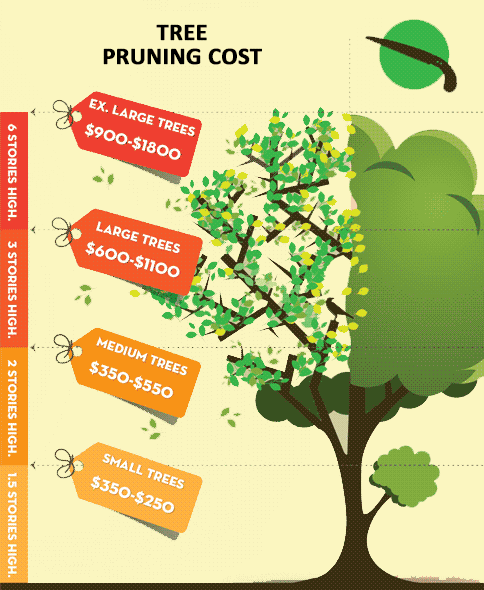Safeguarding Your Landscape: Replanting After Tree Elimination
Safeguarding Your Landscape: Replanting After Tree Elimination
Blog Article
Personnel Author-Lindsay Haaning
Tree elimination can leave a gap in your landscape that requires filling. You can grow something brand-new in that area, however it takes extra treatment and interest at the starting to aid it thrive.
The soil in that area will maintain transforming over time as microbes break down the old roots. That can impact the nutrient balance and physical room for brand-new growth.
Soil
The dirt in a plot where a tree has actually been removed is most likely to be very different from the rest of your yard or lawn. https://shrubstumpremoval51728.blogs100.com/29784008/identifying-the-requirement-for-tree-removal-an-overview-for-homeowners of the old tree and the stump will certainly have changed the dirt, getting rid of some nutrients and perhaps crowding out other plants. On top of that, if the previous tree was unhealthy, the contagious agent might still be in the ground.
The presence of origins fosters an abundant and diverse community of dirt bacteria that improves essential procedures like vitamins and mineral biking and organic matter decay. Without these microorganisms, the displaced soil can come to be less fertile and nutrient-depleted, with a negative influence on plant development.
Prior to replanting, the dirt needs to be removed of debris and natural product (such as wood chips from stump grinding). You might want to mix in potting dirt or indigenous dust with this compost to offer your new planting with an atmosphere that is well balanced and loaded with nutrients.
Water
Tree roots absorb huge quantities of water from the soil. This procedure likewise adds nutrients back to the dirt, specifically nitrogen, which is necessary for brand-new trees and plants. Unfortunately, old soil can be diminished of these crucial minerals due to the rotting roots and stump from a removed tree.
This is why it is very important to have a plan for the future of your landscape. Ideally, the most effective time to plant is when you have a fresh start.
Whether you're planting yard or flowers, make sure to use a soaker pipe to stay clear of overwatering your brand-new landscaping. If the location was a garden, make certain to cover the dirt with natural compost to aid keep wetness in the dirt, regulate dirt temperature levels and reduce weeds. This also offers a layer of security for young plants and promotes worm task. Then, consistently restore the mulch to continue improving the dirt nutrient thickness and microbial life. This is called dirt remediation.
https://www.realtor.com/news/trends/for-2020-the-top-5-landscaping-trends/ are a wonderful enhancement to any landscape, offering shade, visual pulchritude, and numerous other advantages. Nonetheless, occasionally trees become undesirable because of a selection of reasons, consisting of disease, insect invasions and natural aging.
In such situations, it may be needed to remove a tree. It is very important to think about the value of a specific tree in your landscaping and take the appropriate steps to ensure that the removal is done securely and successfully.
During the late summer season, it's a perfect time to carry out upkeep and evaluations on existing trees. Try to find signs of condition, insect problems, or structural damage, as well as any type of prospective hazards such as damaged or leaning trees.
Before starting any building projects, make certain to protect the origin areas of existing trees by preventing dirt compaction and grading around them. Organic matter, as it breaks down, can produce noxious gases that are damaging to the roots of a tree. It's additionally a good idea to mulch the area around a tree after building and construction has ended up to save moisture and subdue weed growth.
Temperature level
Trees are important to a landscape for their aesthetic charm, however they additionally play an important role in the regional environment by providing shade and windbreaks. They sustain wildlife habitats and reduce the amount of carbon dioxide in the air, which can contribute to global warming. This is why it is recommended to replant trees after getting rid of one from the property.
When replanting a brand-new tree in the location of a previous stump, the soil may not have sufficient nutrients to sustain it. It is best to wait on a year prior to growing to ensure that the dirt will be rich in nutrients.
To make certain that replanted trees flourish, it is essential to give them with appropriate care. A layer of compost will maintain soil moisture from evaporating, manage soil temperature level, and help suppress weeds. Organic mulch is the preferred option because it enhances dirt fertility. Recurring fertilizing and insect control are also important for replanted trees.